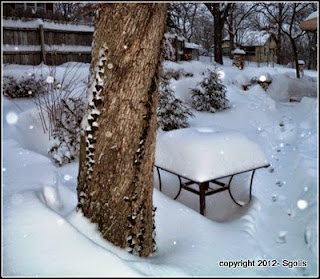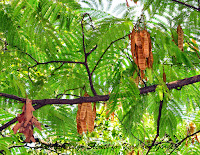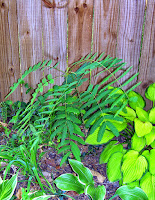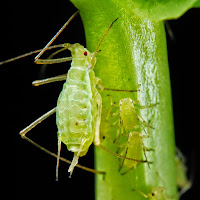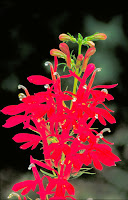The Baltic ivy is a fast evergreen ground cover that not only adds interest to your yard and gardens it also is a good way to prevent erosion. The leaves on this ivy are blue-green with white veins making this ivy eye-appealing when grown in rock gardens, and on walls and it is very attractive cascading down the sides of a container.
Planting Tips for Baltic Ivy
Plant Baltic ivy in the spring after the danger of frost has passed. If you intend on planting the ivy in masses, then it is best to purchase them as a bare root. I bought my Baltic ivy as a bare root and I got more plants for less money because I was a member at greenwoodnursery.com
Planting a bare root does require a longer rooting and growing time. On average it took 14 days for the leaves to form on my plants. Now if you going to plant the Baltic ivy in a feature garden or in a container garden then it is best to buy a nursery-grown plant.
Planting a bare root does require a longer rooting and growing time. On average it took 14 days for the leaves to form on my plants. Now if you going to plant the Baltic ivy in a feature garden or in a container garden then it is best to buy a nursery-grown plant.
| Ivy grew by patio table |
Hydrate the bare roots by filling a pan with tepid water. Set the roots into the pan of water and allow them to hydrate for an hour before planting.
Get Garden Site Ready
- Loosen a track of soil along the foundation wall or the back border of your rock garden.
- Remove the grass, weeds, and rocks. Work a generous amount of compost into the soil.
- Plant the ivy bare roots in a hole that will accommodate their root up to the stem.
- Firm the soil around the stem.
- Plant a nursery-grown ivy the same depth as their nursery container. Space the plants ten inches apart.
- Water so the soil is evenly moist.
Care for Baltic Ivy
Apply two inches of mulch around the ivy. The mulch will help to control moisture and will reduce weed growth.
will help to control moisture and will reduce weed growth.
Water the ivy in the morning so that the soil is moist but not wet.
Here are some of my photographs of Baltic Ivy. The photos below show you the quality of the plants that I bought online at greenwoodnursery.com Know I have enjoyed the ivy for the last ten years.
Here are some of my photographs of Baltic Ivy. The photos below show you the quality of the plants that I bought online at greenwoodnursery.com Know I have enjoyed the ivy for the last ten years.
Tips:
- Climbing comes naturally to the ivy, in a few weeks you will see vigorous branching.
- Feed the ivy in early spring with a water-based fertilizer like miracle grow
.
- Add Baltic ivy to containers, and window boxes. The green leaf with the white veining will accent the flowers.
- When the flowers die off the ivy will add color to your containers throughout the winter.
- Grow Baltic ivy in zones 5-6-7-8.
- When the Baltic ivy is mature the height will be 12 inches.
Garden Idea:
In the autumn, plant yellow daffodils mixed with red tulips in front of the ivy. The backdrop of the Baltic ivy will look beautiful when the flowers bloom in spring.
in front of the ivy. The backdrop of the Baltic ivy will look beautiful when the flowers bloom in spring.
